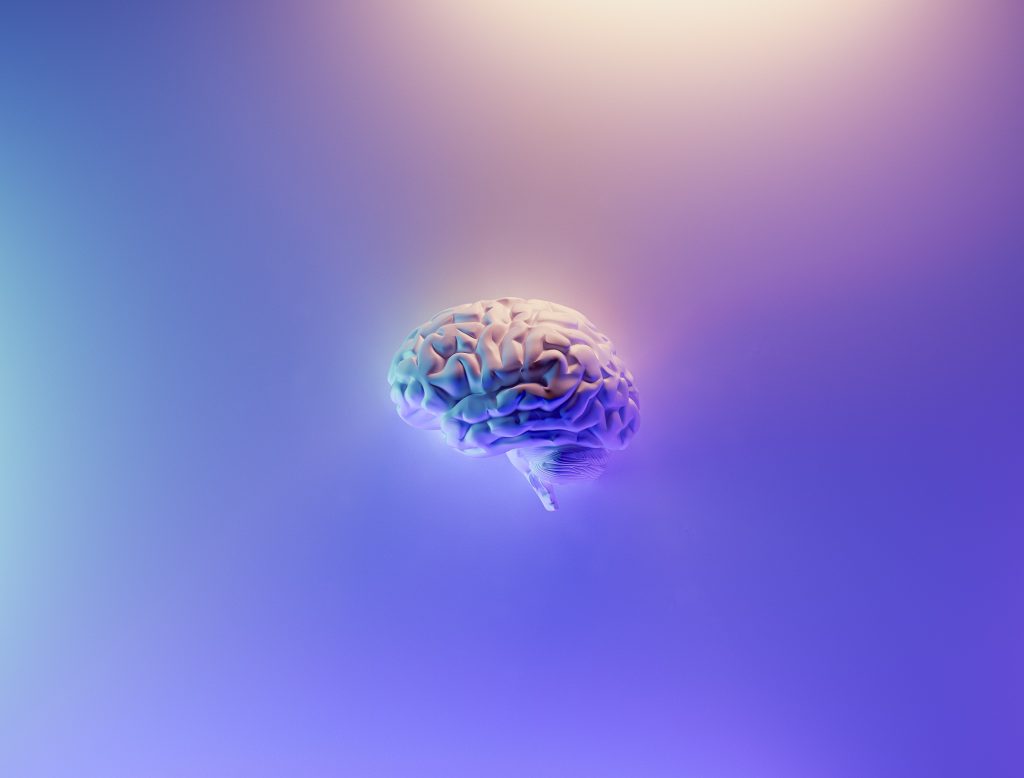When faced with an overwhelming to-do list, multitasking can seem like the quickest way to get everything done. However, research highlights numerous cognitive and mental health drawbacks of this method of working.
The neuroscience of multitasking
Multitasking refers to the action of pursuing multiple tasks at one time. The prefrontal cortex mediates multitasking, allowing you to switch from one task to the next.
Multitasking causes the pre-frontal cortex (the cerebral cortex covering the front of the frontal lobe) to dedicate different sections of grey matter to each task in hand. This grey matter allows for information to be processed in the brain and consists of neuronal cell bodies and unmyelinated axons. The two sides of the pre-frontal cortex working independently of each other can put a strain on cognitive function. Studies show that the brain struggles to operate in this way, unable to effectively handle more than two complex tasks at once.
When switching from one part of the brain to the other when swapping tasks, the brain has to re-orient and re-familarise itself with the present task. This uses up vital mental energy that could be spent focusing on an important piece of work. Human brains are more suited to completing tasks in sequence as opposed to simultaneously. When doing two things at once, the quality of those tasks decreases.
Mental health effects of multitasking
Multitasking can trigger the sympathetic nervous system, increasing stress levels and anxiety. Flood of adrenaline and cortisol can damage brain cells, especially if repeated over prolonged periods of time. Since multitasking consumes the entirety of the brain’s energy, it can lead to increased tiredness, lack of focus and thus burnout in the long-term. This can result in cognitive decline over time.
Neuroscientist Cynthia Kubu (PhD) stated how humans are more suited to being monotaskers, focusing on only one task at a time. This decreases stress levels and promotes a sense of calm throughout the brain. Research shows that monotasking can cultivate a sense of ‘deep work’, with intense concentration to thus produce a high quality end result with minimal distraction, and therefore stress.
Focusing on one thing at a time can promote clearer-thinking. This is because multitasking decreases efficiency and productivity over time. Completing one task at a time in a logical order can increase the successive hits of dopamine, the neurotransmitter associated with accomplishment and motivation.
From a mental health perspective, multitasking can be a warning sign of high stress or anxiety levels, and thus a signal to slow things down and take things one step at a time. The tendency to multitask can be stronger in people with Attention Deficit Hyperactivity Disorder (ADHD), as their brain is constantly searching for novel and exciting activity in the external world. Therefore, switching from one task to the next offers opportunity for excitement and stimulation as opposed to the potential boredom or monotony of focusing on one task only.
Despite the negative effects of multitasking, there are varying degrees in severity of this method of working. For example, grouping together similar tasks to complete at the same time can reduce the strain on the pre-frontal cortex having to switch back and forth, lessening negative cognitive effects.
Overall, although some people may show a preference for multitasking, research shows that monotasking is more natural for the brain, and is more beneficial for mental health in the long-term.
Featured image by Milad Fakurian.

